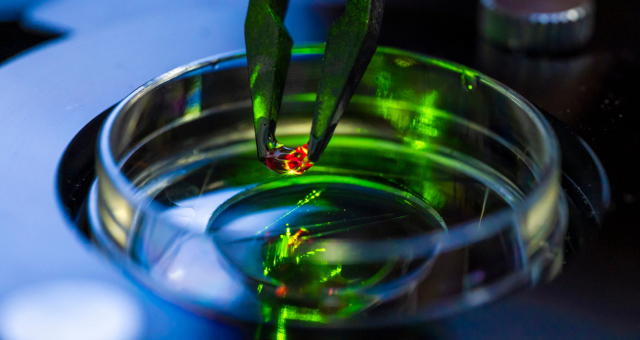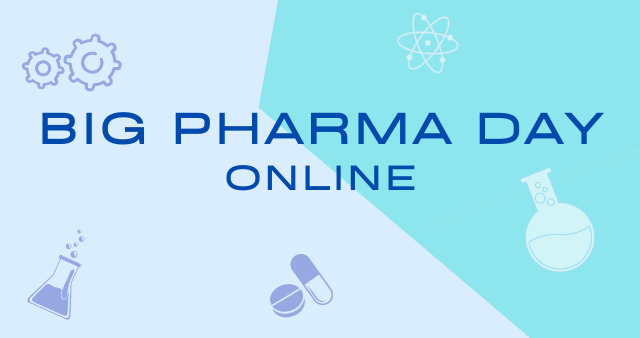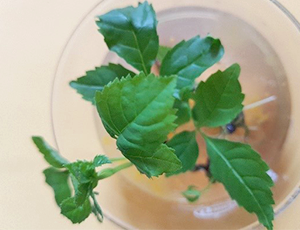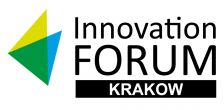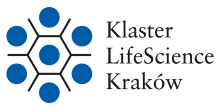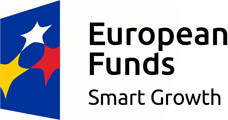DNA origami may has a many potential uses from drug delivery materials to therapeutic robots. Up to now a major limitation of this technique is that the DNA staple strand is typically limited to a few thousand bases in length – this limits the size of the resulting DNA origami structure.
Presented technology solves this problem by making a new kind of DNA origami in which two or more DNA origamis can be connected together more as strongly as a covalent attachment but without actually attaching the two DNA origamis to each other.
DNA origami is fascinating DNA nano-technology that uses large strands of single stranded DNA (template strands) combined with multiple smaller strands (staple strands) to make easily designable 2D and 3D nanostructures. Its designability and rigidity make it an ideal material for construction of topologically linked molecules such as dynamic containers whose opening can be programmed in response to stimuli (e.g. in response to specific cell-surface proteins). However, the methods described so far shown poor efficiency, generated a number of catenated products, and has not been applied for DNA origami production. The proposed technology answers the need of general method for production of topologically linked DNA origami structures by a simple one-pot annealing protocol. The new invention was called DNA topogami.
The innovative technology is characterized by two noteworthy outcomes. Firstly, the system is universal: as catenation does not depend on the formation of a specific DNA origami structure, the catenated ssDNA rings produced by researches from Jagiellonian University can, in principle, be used to construct almost any two origami structures in a catenated form. Secondly, unlike topologically linked DNA origami structures to date, the topological linkage can only be undone by breaking a covalent bond (i.e. DNA backbone cleavage) resulting in high stability of the produced structures. The resulting topologically linked DNA origamis have been produced and proven by Jagiellonian Universities scientists using a variety of biochemical and biophysical methods including direct imaging using atomic force microscopy.
The offered topogami and method for making interlocked single stranded DNA rings are patent pending. Further research and development of the invention are continued at the Malopolska Center of Biotechnology, Jagiellonian University. Currently the Centre of Technology Transfer CITTRU is looking for entities interested in licensing and commercial application of the described invention. Cooperation with partners interested in joint R&D projects in scientific topic related to the invention is also desirable.
information / broker of Jagiellonian University


